Here’s a curly question for you: how many countries are members of the International Cricket Council?
If you’re a true cricket fanatic, you may know how many members there are of the ICC – 104 (12 full members and 92 Associates, though four of them are suspended at the time of writing). Alas, that does not answer the question, as not every member is necessarily a country. In fact, given cricket’s status as the game of the British Empire, many of Britain’s dependencies and territories are counted among the members of the ICC. Bermuda is one, while Britain is represented internationally by England (for England and Wales), Ireland (for Northern Ireland, who form a team with the separate Republic of Ireland), and Scotland (for, thankfully and quite simply, Scotland).
This is not unusual. Whether it’s FIFA, World Rugby or the FIH, it is generally accepted across international sport that if your home is a territory of another country on the other side of the world, that shouldn’t prevent you from having a representative team. This attitude is likely to stem directly from the British influence of the aforementioned sports and their governance, in recognition of the size of the British Empire at its peak, and the thrill of having representative sides from the colonies come and try their luck against the best the motherland had to offer.
Though what is not common in world sport is having multiple countries represented by one team, and when it does happen, it is usually only from the joining of two nations for historical/political reasons, as in the case of Irish cricket. What usually happens instead is that representative teams will align with the political situation of their region. The Indian cricket team included the entire British Raj, until the Raj was no more. The Pakistani team which emerged out of their independence movement included what is now Bangladesh, until the latter had their own independence. As new countries have formed out the old Empire, the status of their representative teams has evolved along with them.
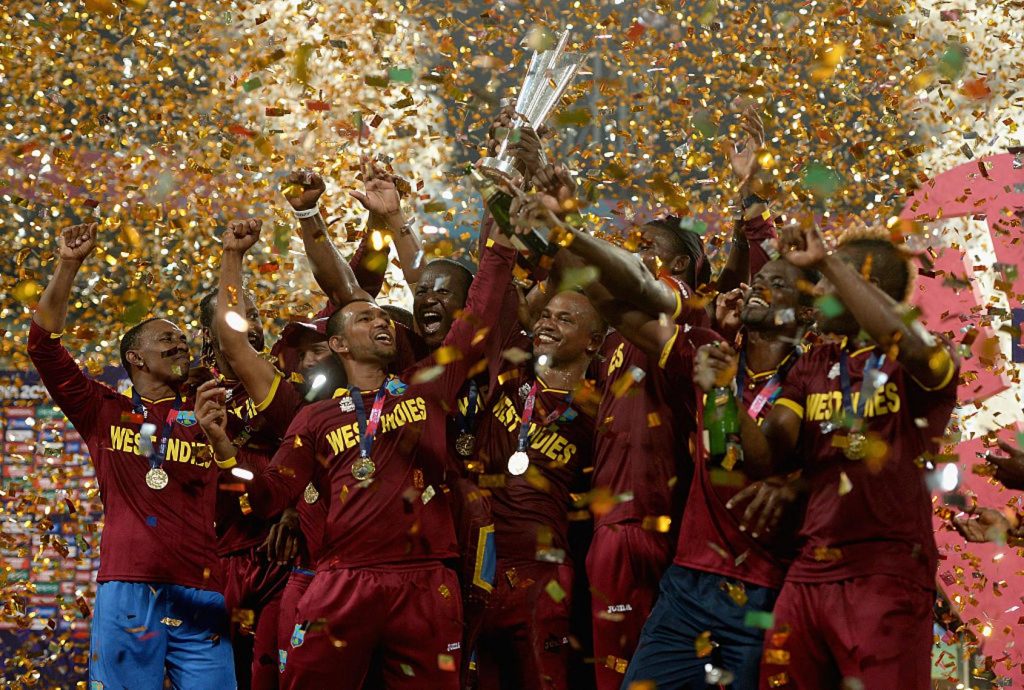
And yet, if you were to say that 104 countries are a part of the ICC, you would be pretty close to the truth. For all the territories that are members, there is a counter-balance, a team which contains within it many countries. The West Indies, one of the greatest teams to play cricket internationally, includes 10 independent countries in its membership.
Technically, the West Indies did exist as a country at one point. The West Indies Federation was a political union in the Caribbean of former British colonies. But the countries that are today represented by the West Indies cricket team do not correlate perfectly with the West Indies Federation: the Caymans, and Turks and Caicos Islands were a part of the Federation, yet are not today represented by the West Indies cricket team, but instead are Associates in their own right. The British and US Virgin Islands, along with Sint Maarten, are all represented by the cricket team, but were not part of the Federation.
Furthermore, Guyana (previously British Guiana) is a part of the West Indies cricket team even though it is in South America, while Belize (formerly British Honduras) is not despite having a similar history. The Bahamas were not represented in the Federation and have their own representative cricket team, despite being an island nation with British history in the Caribbean, as is Bermuda. In any case, the cricket team predates the Federation, but if the latter does not exist today and has not existed for nearly 60 years, then why does the former still trot out in their whites and maroons?
If the previous ICC members of East and Central Africa and West Africa still existed today, then the existence of the West Indies would perhaps be more justifiable. Unions for the sake of competitiveness would then be shown to be a consistent measure by which to establish representative teams across countries. Both were scrapped in 2003, and had ceased to have any serious relevance long before then. Rugby union, the sport with the most similar attitude to cricket on this issue, has had combined teams go on tours around the world for many years – most notably the British and Irish Lions, but also including an East African team – but these are considered to be in addition to, rather than a replacement for, national representative teams. Why can’t cricket do likewise?
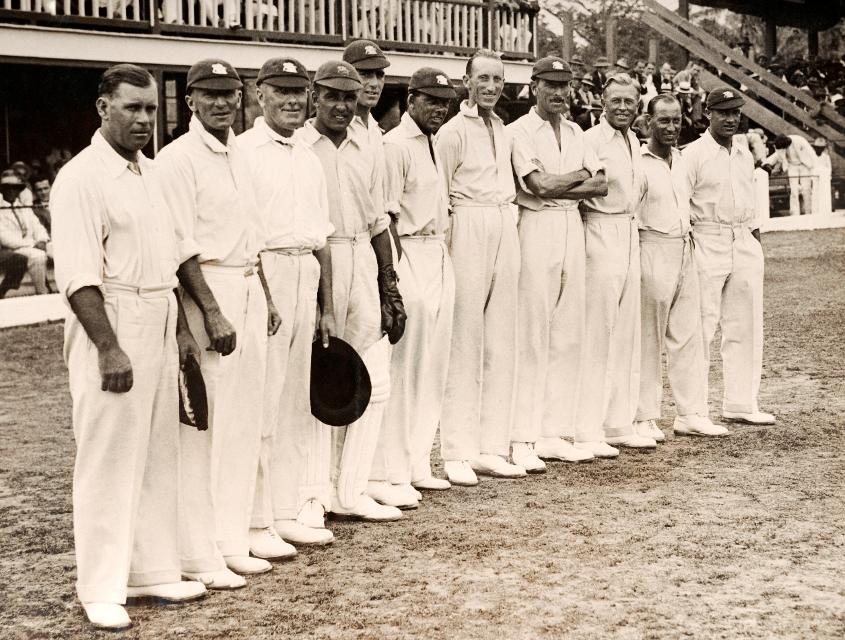
Today, the West Indies exist as an anachronism, a remnant of an era long since passed. When the West Indies Cricket Board joined the-then Imperial Cricket Conference in 1926, they were representing British colonies in the Caribbean. It was an entirely logical decision at the time, as none of those colonies were independent states, even though each colony had its own distinct history. But with the collapse of the British Empire after the Suez Crisis, and the accompanying rush of decolonisation, the game of Empire was left nursing a team representing a nation that didn’t exist by the mid-1960s. Instead, it was representing a now-disparate group of island nations that were rather good at this game we love.
The nature of cricket tours being what they were, it made little sense to change this. Unlike today, where professional teams try to get into a country, play as many matches they can in the shortest possible time, and then leave, tours back then were long and required many stops in order for the organisers to make their money back. When going to the Caribbean, this meant stopping at every island, and facing up against both the local teams and the representative team chosen from the best of the region, in order to put on a good show.
With East Africa participating in the first Cricket World Cup in 1975 as another regional team, and the West Indies becoming the best team in the world, producing must-see cricket wherever they toured, it was unnecessary and unthinkable to split them up. Commercially and logistically, it would not have made any sense, as they made money both in their international tours and for the English county teams many of their players joined.
But times change. As it stands today, the West Indies are the only pan-regional team left in the ICC, representing a somewhat connected chain of many (but not all) of the islands of the Caribbean. The Caribbean Community (CARICOM) is a far looser political union than the European Union, but we don’t see a pan-European team in the ICC. Why should the West Indies be any different, especially when the economic justification for them as a touring team no longer holds up as their on-field performance has meant they are no longer a drawcard?
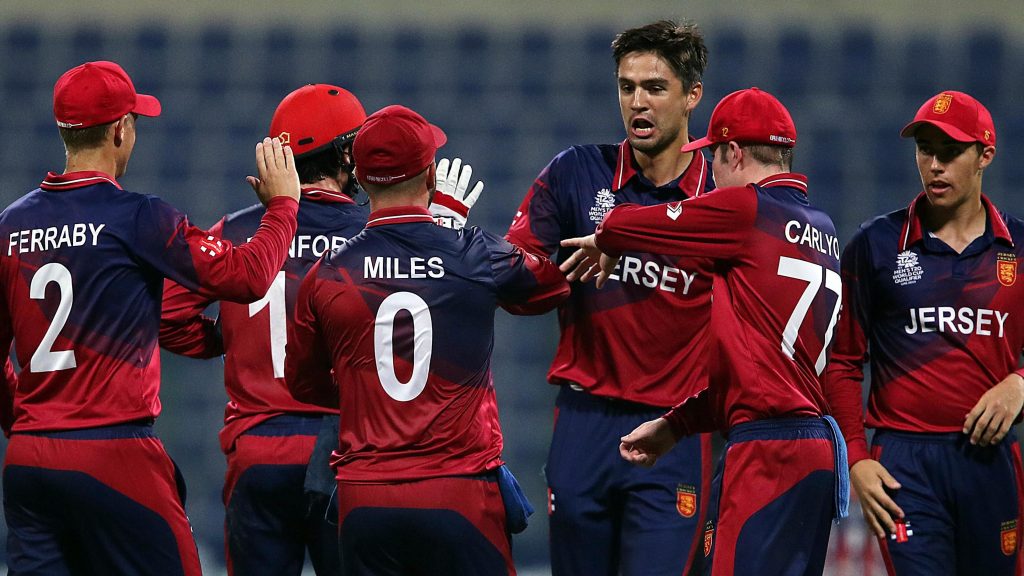
Even leaving aside the economic question, the biggest problem with the existence of the West Indies as a representative nation is the effect it has on other members of the ICC. One of the more common arguments used to justify the continuing existence of the West Indies is that they wouldn’t be able to survive on their own because they are too small. By having a united team, the argument goes, we are provided a competitive international team to watch. There are a few problems with this argument. The first is that they have been non-competitive more often than not over the last 20 years, with a truly appalling record for a team with such a storied history, but this is not likely to be talent related so much as it is to do with all the myriad problems that have affected the running of the game there for decades. No-one could look at the West Indies, even today, and say that talent is their main difficulty.
The second problem is that the argument probably isn’t true on paper once you look at the make-up of their team. More than half of their XI in any given match, especially in Tests, comes from one country: Barbados. There is some debate as to why, exactly, Barbados has been responsible for so much of the team’s talent over the years, but whatever it is, their all-time XI makes for eye-popping reading, especially when you consider that their population is around 300,000. Even today, they could put together a squad that could comfortably play Test cricket:
Kraigg Brathwaite
Kyle Hope
Shamarh Brooks
Shai Hope
Jonathan Carter
Roston Chase
Shane Dowrich+
Jason Holder*
Jomel Warrican
Miguel Cummins
Kemar Roach
If a nation the size of Barbados can put together a Test-playing team off their own back, how can one possibly argue that they have to be part of a pan-regional team in order to be good enough to play at the highest level?
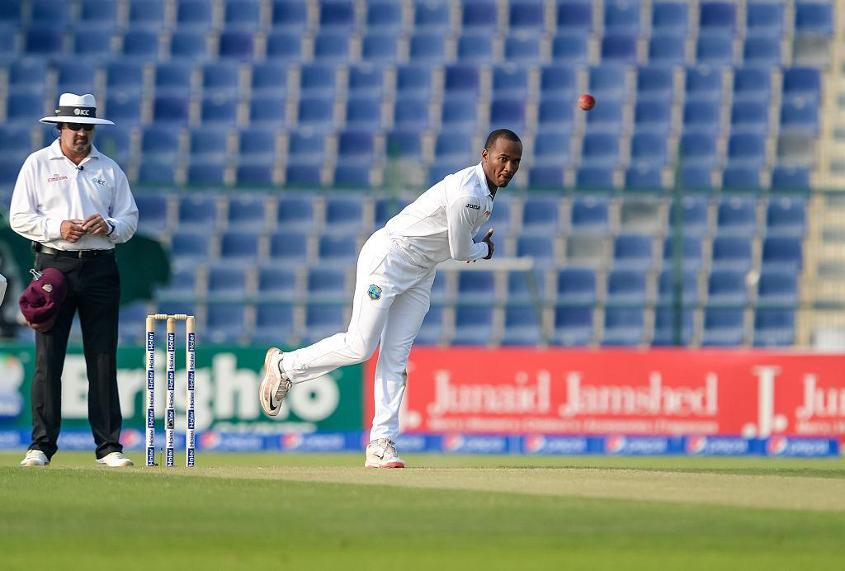
But thirdly, as an addition to that question, how is that in any way fair to the representative teams from even smaller places, who don’t get to be part of any pan-regional team on account of their size? Little Jersey, population a little over 100,000, very nearly made it to the upcoming T20 World Cup all on their own. Bermuda, who don’t get to be a part of the West Indies despite being so close, did make it to the 2007 World Cup and produced one of the great cricketing moments while they were there.
It’s not as though other teams wouldn’t have the geographical and historical justification to join up – Vanuatu is closer to Fiji than Jamaica is to Barbados (let alone Guyana), but the former two teams don’t get to be part of a pan-Pacific representative ICC team while the latter three do. Guernsey and Jersey are virtually right next door to each other (not that they’d ever want to join together), and you could easily throw the Isle of Man and Gibraltar in as well, and all four would still be closer – literally and metaphorically – than the most distant parts of the West Indies.
And in terms of population, compare the following:
| Member of the West Indies | Population | Independent member of the ICC | Population |
| Jamaica | 2,900,000 | Belize | 410,000 |
| Trinidad and Tobago | 1,370,000 | The Bahamas | 385,000 |
| Guyana | 800,000 | Vanuatu | 280,000 |
| Barbados | 280,000 | Samoa | 200,000 |
| Saint Lucia | 185,000 | Jersey | 110,000 |
| Grenada | 115,000 | Seychelles | 100,000 |
| Saint Vincent and the Grenadines | 110,000 | Isle of Man | 85,000 |
| United States Virgin Islands | 110,000 | Bermuda | 72,000 |
| Antigua and Barbuda | 100,000 | Cayman Islands | 68,000 |
| Dominica | 72,000 | Guernsey | 65,000 |
| Saint Kitts and Nevis | 55,000 | Turks and Caicos Islands | 56,000 |
| Sint Maarten | 43,000 | Gibraltar | 33,000 |
| British Virgin Islands | 30,000 | Cook Islands | 18,000 |
| Anguilla | 15,000 | Saint Helena | 4,800 |
| Montserrat | 4,700 | Falkland Islands | 3,500 |
There are at least 8 other members of the ICC who have populations smaller than Jamaica’s, and many of those are also less than T&T’s. How is it fair to these teams to be jostling for position against a super-team, even though many of them are smaller of comparable size to the constituent members of the West Indies? And they aren’t even jostling for position – the West Indies, as one of the chosen Full Member nations, get the rights and privileges that come along with that membership, with flows down to each of those countries (albeit some more than others, given the way Cricket West Indies is run). The independent members get no such privileges and have to fight and scrap for everything they get, which is very little. How can a global sport that at least likes to make a pretense of professionalism allow such a grossly unfair situation to continue?
The old romantics will argue that the game needs the West Indies, but it’s not as though these cricketers will disappear all on their own. It took Saint Lucia 80 years to get a representative in the West Indies team, but that hardly means that no-one on the island was playing cricket beforehand, or that they’ve stopped playing now that Darren Sammy has stopped playing international cricket for ‘their’ team. As shown above, Barbados would probably be able to slot in as a Test playing nation immediately, perhaps as the successor to the West Indies. And who knows? That may be just the tonic for a country like Jamaica to up their game, to try and overcome their Caribbean rivals.
If the international game had a better structure in place, there would be every chance for these countries to appear in international tournaments and on television screens on a regular basis, even playing against each other. If they did not, it would not be because the West Indies had been split up, but because the people overseeing the sport had once again failed to meet the needs of a global, professional, competitive sport, providing a fair opportunity to all representative teams from across the world. If those running the game are to meet those needs, they cannot afford to privilege a select few over others because of historical quirks, but nor can they afford to replace those privileged nations with absolutely nothing, reducing the number of viable cricketing nations even further than they seem to be attempting at the moment.
Perhaps what the ‘powers that be’ need is a way to change their perspective, a reason to provide small nations with more opportunities on the big stage. If that requires creating a structure in which three or four (or more!) teams from the former West Indies can make it to a World Cup, then it may not be a bad thing to split them up – especially if it means more opportunities for everyone else as well.
Keep up with news and events happening in the emerging game through our Facebook and Twitter pages, as well as our calendar of events!
Looking for audio content on the emerging game? Add the Emerging Cricket Podcast to your favourites on Apple, Spotify and Podbean.
Want extra Emerging Cricket content? Contribute to the Emerging Cricket Patreon cause from as little as $2 a month. Sign up here!

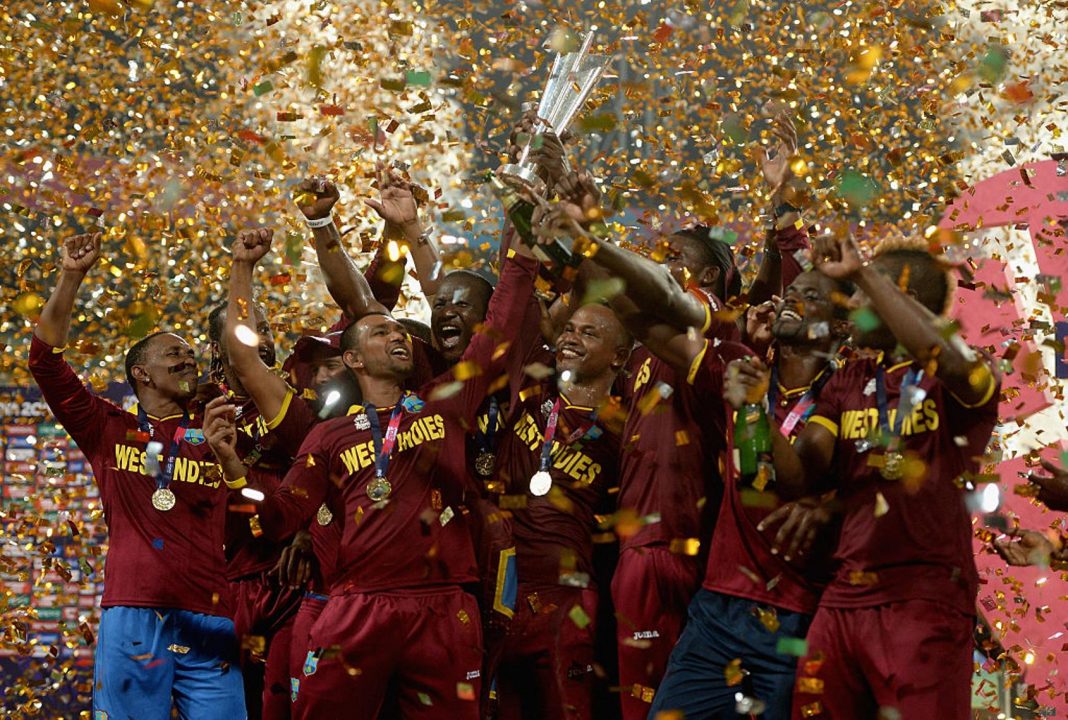



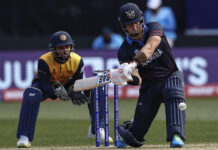


How popular is cricket in U.S. Virgin island, British Virgin island and Sint Marteen?
What a waste of an article. Stemming from such massive ignorance. This must be at least 2,000 words harping on about an issue that some basic research into the very administration of the game that the author supposedly cares for should have done.
You have it backwards. The other associate representatives are NOT disadvantaged because the West Indies form a unified team since the ICC’s own constitution (and even its website) defines a cricket playing “country” as “a country (or countries associated for Cricket
purposes) or geographical area where Cricket is played;”
So there is literally nothing stopping any of the associates that may feel such an affiliation towards each other from “associating for cricketing purposes”…if they wanted to. In Tennis the Pacific/Oceania countries and territories as diverse as American Samoa (American), Fiji (independent), Norfolk Island (Australia) Micronesia (independent; formerly US administered trust territory), the Cook Islands (in free association with New Zealand and having New Zealander passports), Tahiti/French Polynesia (French) and even Papua New Guinea (independent) form a Pacific Oceania team for Davis Cup and Fed Cup/Billie Jean King Cup tennis (practically the only form of tennis where you play as national teams). There is no reason they couldn’t do the same for cricket if they wanted to. The catch is they don’t want to either because they don’t actually feel any kind of familial sporting bonds as happens within cricket in the West Indies or because they are so narrowly focused on getting as much as they can individually from the ICC in terms of development assistance that they don’t have any kind of vision for a greater goal which might entail some small sacrifice for larger gains down the road.
In this regards, Fiji for tennis is particularly interesting as they originally competed as part of the Pacific Oceania Davis Cup set up from 1995 to 1998 and then competed separately from 1999 to 2001 before rejoining the Pacific Oceania Davis Cup set up.
Given the ICC’s constitution and their openness to allow geographical areas/territories to form teams for cricket purposes and not just according to some simplified (should I say “child-like”?) UN definition of what is a country (hence why non-independent territories like Bermuda, Cayman, Hong Kong and Scotland are allowed membership and why teams representing more than one jurisdiction such as the West Indies and Ireland are also allowed; suggestions that Ireland in this regards are somehow “different” from the West Indies is often basically nothing more than low-key racism) they are at least providing the foundation for places such as perhaps East Africa and the Pacific/Oceania countries to form unified teams in the future if they so wish (or reunified teams in the case of East Africa). Even in Europe there wouldn’t be anything stopping say Romania and Moldova from forming a unified team for cricket, nor would anything stop the Central American countries of Guatemala, Honduras, El Salvador, and Nicaragua (the countries that have been most involved in Central American integration and past attempts at federation) from forming a Central American team. Likewise nothing stopping Colombia, Venezuela and Ecuador from forming a unified team based on their shared history and identity. Same for the Maghreb states in North Africa or the Gulf Arab states in Asia or the ethnically Austronesian dominant states of Malaysia, Indonesia and the Philippines from doing so (in fact those 3 did try to form a confederation in the 1960s based on their shared Malay (older term)/Austronesian identity).